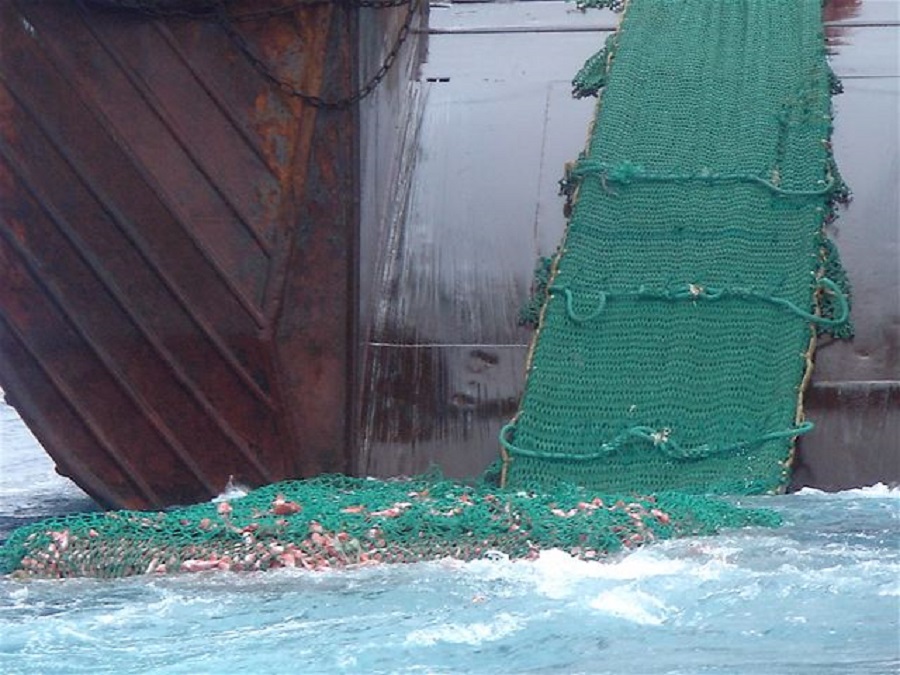
Bottom Trawler on the Grand Banks. Photo by Lisa, Flickr.
A team of researchers from the Sea Around Us initiative at UBC’s Institute for the Oceans and Fisheries, CEA Consulting, Duke University, and Virgil Group mapped the extent of bottom trawling in nearshore waters globally, explored its effects on marine ecosystems, and identified possible solutions to address its worst impacts.
Their findings will be presented in a webinar to be held on July 15, 2021, at 12 pm EST.
Bottom trawling is a widespread fishing technique responsible for nearly a quarter to a third of global seafood production. Yet, the practice has also been the target of many NGO campaigns for the ways in which it can unselectively destroy marine habitats and the frequent conflicts that emerge between industrial bottom trawlers and small-scale fishers in many parts of the world. In addition to this, a recent paper in Nature (Sala et al., 2021) suggests that bottom trawling may resuspend the carbon in marine sediments, affecting the ocean’s ability to absorb CO2.
In an effort to better understand the consequences of the widespread use of this fishing method, the research group led by CEA used the Sea Around Us reconstructed catch data to conduct a global assessment of the fish and invertebrates caught by bottom trawlers.
They also ran a literature review on the environmental and
social effects of bottom trawling, interviewed experts to explore the
opportunities to limit its worst impacts, and conducted a case study in West
Africa.
To learn more about this research, you can register for the webinar here.

